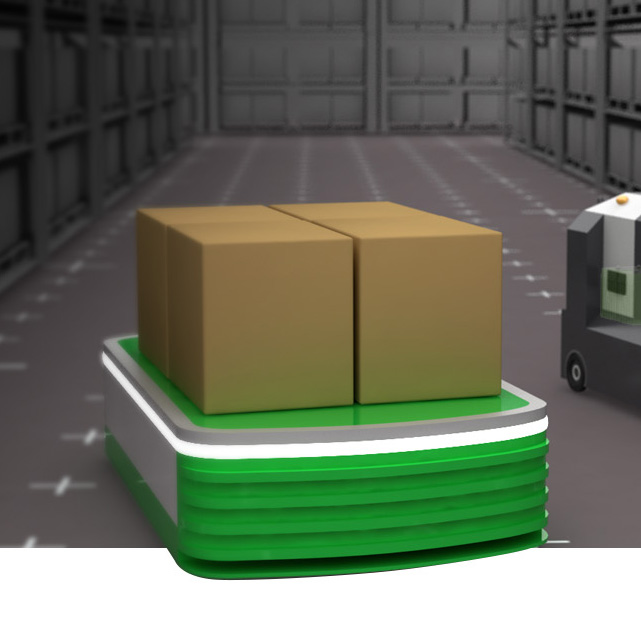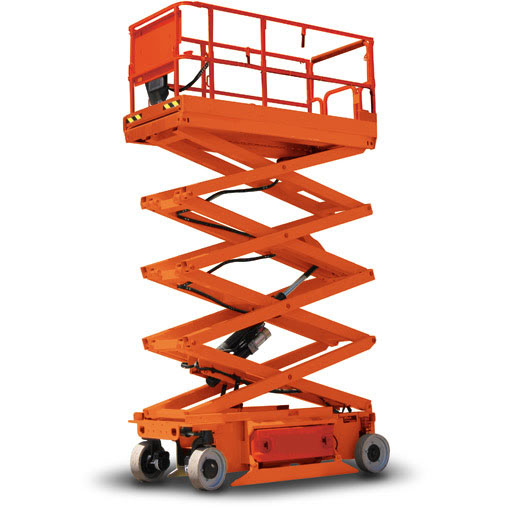INDUSTRIAL LITHIUM ION BATTERIES
INDUSTRIAL
Our lithium ion battery is becoming a much-sought-after battery technology for unique applications demanding dependable energy, and operating in challenging conditions.
- Fast opportunity charging for continuous operation
- High cycling and long calendar life for low total cost of ownership
- No need for special room ventilation like lead acid batteries
- Low maintenance cuts down on operation costs
BENEFITS

FORKLIFTS
Lithium Iron Phosphate (LiFePO4) batteries have considerably greater energy density, making them the best choice for heavy equipment batteries, fork lifts, ground support equipment and warehouse equipment.
AGVs & ROBOTICS
Lithium Werks’ lithium ion phosphate presents an inherent safety performance, better toxicity profile, and is more energy efficient with significantly longer cycle life than lead acid for AGVs, cobots, and mobile robots.


AERIAL MAN-UP LIFTS
Booms, scissor lifts, and electric material lifts can take advantage of lithium ion in that they are low maintenance compared to lead acid.
EXPLORE OUR PRODUCTS
Safe, High Power Lithium Ion Battery Advantages
Fast Charging Batteries
Up to 4C continuous high rate charge rate and 8C peak pulse charging, will maintain the highest SOC on the battery system, by using opportunity charging whenever the AGV is not picking products, to keep the AGV/Fuel Cell system running 24 hours a day. LFP batteries can be charged to 100% SOC, whereas LMC/NCA have to end charging below 90% SOC for safety.
High Calendar & Cycle Life
Long running discharges & fast 4C charge will deliver a minimum of 4000 cycles to 100% DOD, 6000 cycles to 80% DOD, and 10,000 cycles to 50% DOD and will greatly extend battery cycle life, making your cost per cycle very low compared to other lithium ion chemistries or lead acid batteries.
Extreme Safety
An AGV or Fuel Cycle battery fire in the middle of warehouse shelves is not an option. Using an inherently safe LFP Nanophosphate® cell technology (does not make oxygen even if forced into a thermal runaway or given an internal short), verses other lithium technologies like NMC or NCA which make oxygen (which will fuel a fire) if shorted or enters into a thermal runaway. NMC or NCA must add expensive flame retardant gels around each of the cells in a pack to try to mitigate a fire at a very high temperature, making it hard to put it out until it burns itself out. Lithium Werks safety is priceless.
Low Capacity Fade
Low Self-Discharge Rates
LFP Batteries have the ability to sit idle for a long time (if needed) with very little capacity fade, which is important. If an AGV, AMR, or FCEV sits over the weekend or is put in storage for some time, you do not want a high self-discharge rate battery (NMC/NCA) to cause you to have to boost charge before its next use.
High Discharge Rates
Up to 20C continuous discharge rate, and 48C peak pulse discharge are key to FCEV’s that need high discharge rates to handle the high peak capacity loads. AGV’s and AMR’s often have a higher surge rate when they start moving a heavy pallet or other payload forward. The high discharge rate cell will also allow the battery pack to run cooler than most other battery technologies without the need for extra forced cell cooling.
Wider Temperature Range
Operation in a wider temperature range is possible with the LFP Nanophosphate® technology allows for more robust performance in extreme temperatures, delivering longer life, and greater safety.
Lowest Total Cost of Ownership
Total Cost of Ownership takes into consideration initial battery cost/charging speed/cycle and calendar life/any additional costs like extra forced cooling cost/flame retarding gel costs, or extra maintenance to handle capacity losses. Lithium Werks cells are in a class by themselves.
